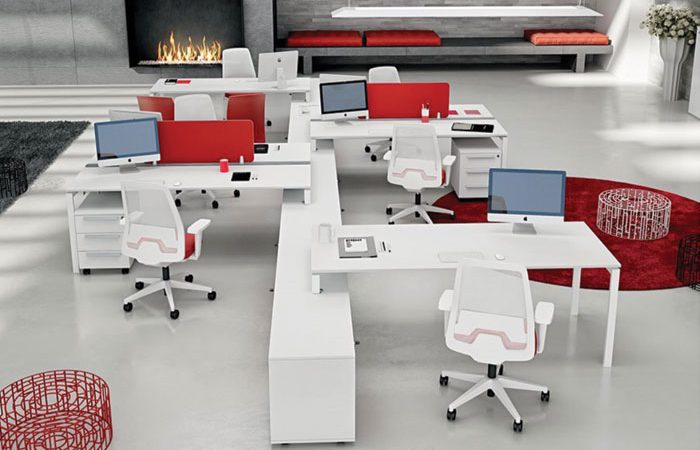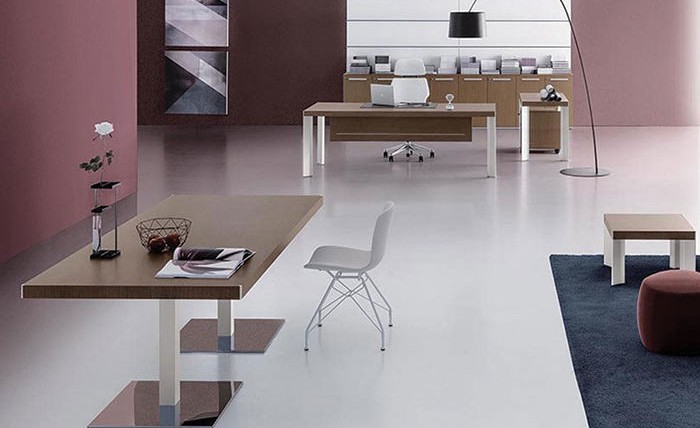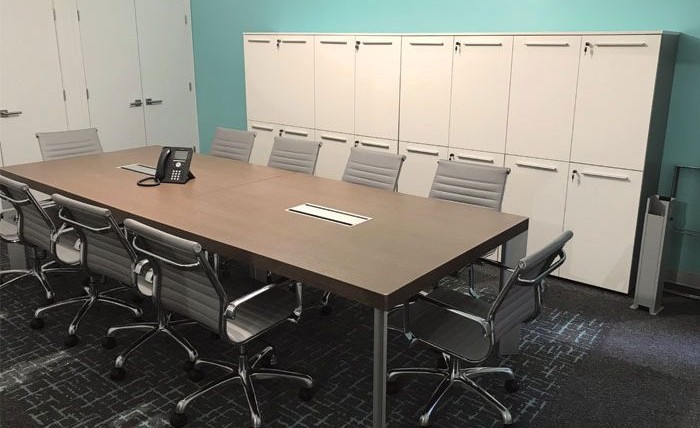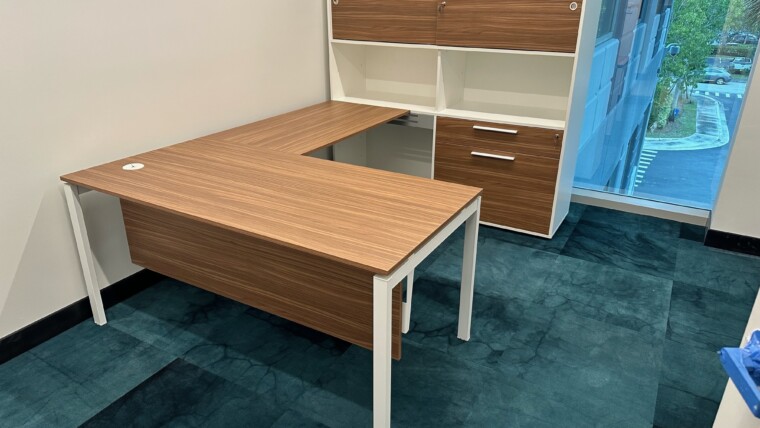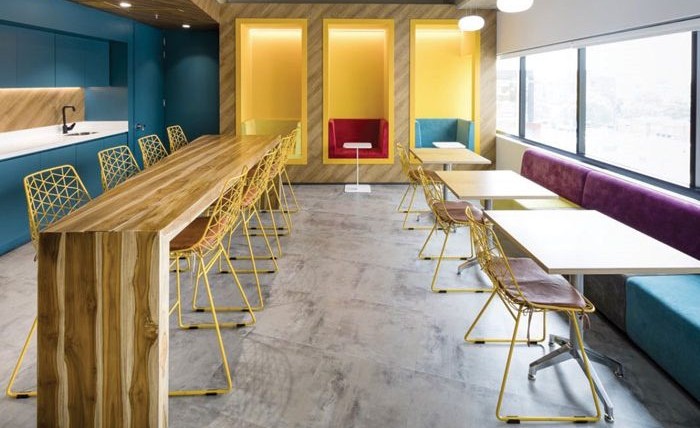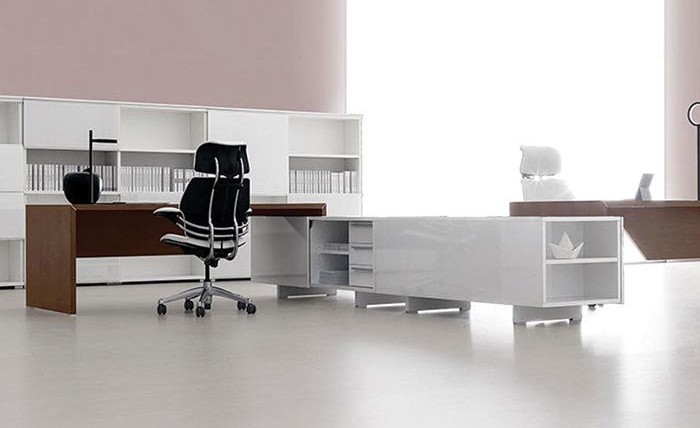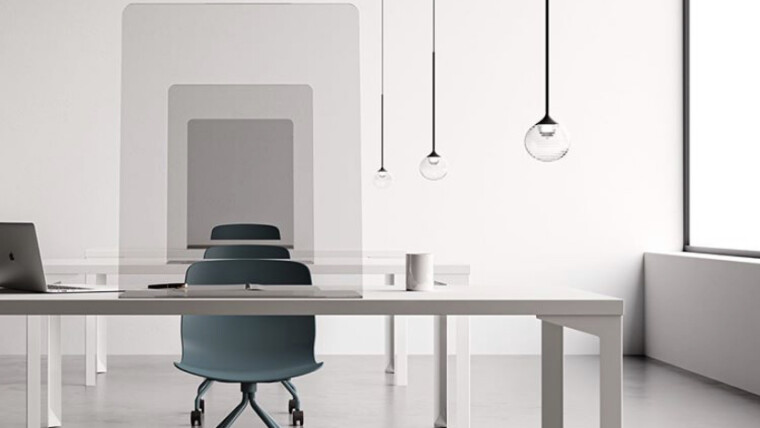Workplace cubicles are fading into the past; no longer do they box in our creativity or compartmentalize our freedom. Now, we have the opportunity to work more closely with our peers. Open floor plans, long shared tables and interactive tech tools are some of the most common features in work environments.
The coworking model is meant to foster collaboration, engage learning and promote an active work culture.
Yet, coworking spaces come with their fair share of distractions. Several minutes of uninterrupted work time can be hard to come by, especially when you’re constantly overhearing brainstorming sessions.
While open office spaces may nurture collaboration, a solution for better concentration from group activities may rely on collaboration itself. As concentration is greatly intertwined with privacy and performance, this solution focuses on three key components: office structure, individual tactics and group mentality.
Doorways to distraction
Collaborative office spaces aren’t going away anytime soon. Today, nearly 70 percent of U.S. companies feature open concept offices. But, the new office design hasn’t gone without its fair share of critics. In January, the BBC reported that research indicates workers are 15 percent less productive and have immense trouble concentrating in open working spaces.
Managerial and organizational strategies
One big step for better employee concentration at work is to improve managerial and organizational strategies. Part of a manager’s responsibility is to help facilitate productive interaction, which can often mean facilitating periods of concentration. Managers can help organize office rules with these key steps:
Create designated quiet areas. Even if there is limited space, creating small areas with available resources can help promote concentration in immediate environments. Using a free conference room or offering a makeshift library where your coworkers can retreat in lieu of remote work can help preserve their privacy.
Schedule quiet times. Specifying quiet times can help individuals do their work during the day. Each week, designate a few quiet hours, when employees are encouraged to work individually.
Encourage busy signals. A “busy” symbol will notify coworkers not to disturb the worker during optimal moments of concentration.
Batch communications. Too many emails and demands from higher-ups create frustration and constant interruptions for workers. Good managers should consider batch updates and information in one email or quick meeting so that workers and managers are clearly communicating with each other, which ultimately help save time and any confusion about work activities.
Personal strategies
On a personal level, there are many ways to help embrace better concentration. Headphones are just the first step. Specific strategies depend on the type of task, the worker’s mood, how they learn and individual personalities.
But, according to Harvard Business Review (HBR) research, humans employ several privacy strategies – consciously and subconsciously — to help control the intake of stimulation and information during the workday, which aid in concentration.
Shielding is a conscious privacy tactic that allows people to gain more privacy and control over their projects by maneuvering to enclosed locations.
Seclusion is about purposefully separating from a group, allowing workers the time to reboot and concentrate.
Anonymity is a purposeful tactic that is often used by workers that often allows them to concentrate in the middle of a crowd of strangers. Because they are anonymous, they can choose when and how to concentrate. They might set up in a crowded cafe or airport. Ambient activity and noise can be a strategic motivator for work when individuals choose to inhabit anonymous roles, where people are less likely to distract them directly.
Group strategies
As a strategic process, collaboration demands both individual and group effort. Private time for focus is needed to generate ideas, process information and formulate strategies. Workers can then come together as a group to further develop a shared vision.
Concentration organization
Concentration is work in itself. But, all’s not lost on the concentration front. Coworking spaces can provide a sense of job control, allowing employees to change their workstation, when they work and who they associate with.
Call it concentration organization or a redefining of privacy at work, but each worker will have a share in the workload of consolidating private time for better concentration. Everyone can benefit from a balancing the personal and team-oriented goals in the office.
Source: Entrepreneur.com

